Treatments from Toxins —— The Therapeutic Potential of Clostridial Neurotoxins
----- 毒素处理:梭菌神经毒素的潜在治疗功效
INTRODUCTION AND HISTORICAL PERSPECTIVE, K.A. Foster, P. Hambleton, and C.C. Shone Introduction Neurotoxigenic Clostridia Diseases of Botulinum and Tetanus Neurotoxins Clinical Use of Botulinum Neurotoxins THREE-DIMENSIONAL PROTEIN STRUCTURES OF LIGHT CHAINS OF BOTULINUM NEUROTOXIN SEROTYPES A, B, AND E AND TETANUS NEUROTOXIN, S. Swaminathan and R.C. Stevens Structure of Botulinum Neurotoxin 150kDa Holotoxin Proteolysis of Snare Proteins by Botulinum Neurotoxin Light Chains Structure of Botulinum Neurotoxin Serotype A Light Chain Strucuture of Botulinum Neurotoxin Serotype B Light Chain A Possible Proteolytic Mechanism of Botulinum Neurotoxins Strudture of Botulinum Neurotoxin Light Chain E Structure of Tetanus Neurotoxin Light Chain Conclusion References MECHANISMS OF ACTIONS OF NEUROTOXINS, H. Bigalke and T. Binz Introduction Toxin Uptake, Toxicity, and Clinical Disease Manifestation Binding to Nerve Cell Receptors Internalization into the Neuronal Cytosol References VACCINES TO PROTECT AGAINST NEUROTOXINS, L.A. Smith and I. Henderson Introduction Toxoid Vaccines Recombinant Vaccines The Vaccine Candidate RBV A/B Conclusion References INHIBITORS OF CLOSTRIDIAL NEUROTOXIN PROTEINASE ACTIVITIES, J.J. Schmidt and K.A. Foster Inhibitors if Clostridial Neurotoxin Proteinase Activities Neutralizing Antibodies Conclusion References INTRODUCTION TO CLINICAL USE OF BOTULINUM NEUROTOXINS, M.P. Barnes Introduction Theory of Clinical Use Practical Aspects of Injection Technique Longer Term Side Effects and Problems Logistics and Cost Dystonia Spasticity Conclusions References EXPANDING CLINICAL USES OF BOTULINUM NEUROTOXINS, A.P. Moore Introduction New Indications The Future: Other Possible Indications and Speculation Conclusions DEVELOPMENT OF THERAPEUTICS BASED UPON CLOSTRIDIAL ENDOPEPTIDASE ACTIVITY, K.A. Foster and J.A. Chaddock Introduction Clostridial Neurotoxin Structure and Function: The 'Endopeptidase' Domain Recombinant Expression of the LHN/A Rationale for Use of the LHN Endopeptidase Pain The Potential Use of Neurotoxins Endopeptidase Fragments for Pain Releif Alternative Therapeutic Possibilities Conclusions References USE OF NEUROTOXINS AS DRUG DELIVERY SYSTEMS, P. Foran Overview Generation of Non-Toxic Derivatives Retaining Neuronal Targeting and Delivery Capabilities Using Classical Biochemical Mehtods or Recombinant Means The Diverse Neuronal Targeting and Cell Trafficking Pathways Exerted by Clostridial Neurotoxins In Vitro or In Vivo Neuronal Targeting Achievements Made Using Innocuous Derivatives: But Not Demonstrating Cytosolic Transfer Achievements of Cell or Neuronal Targeting, as well as, Cytoplasmic Delivery of Foreign Cargos Using Innocuous Derivatives Important Structural Features Proven Essential For Efficient In Vivo Neuronal Targeting and Cytoplasmic Delivery of Cargo Strategies for the Efficient Linkage of Therapeutic Adducts to Transporters: Approaches that Ensure Optimal Linkage Efficiency and Orientation Potential Diseases that May be Targeted Using Innocuous BoNT- or TeNT-based Neuron Delivery Vehicles How Much Cargo can BoNT-Based Transporters Deliver? The Varied Intracellular Trafficking and Site-Specific Delivery Addresses Anticipated for Cargos Linked to BoNT-or TeNT-based Vehicles Conclusion References CONCLUSIONS AND FUTURE PERSPECTIVES: BOTULINUM NEUROTOXINS AS PARADIGMS FOR DEVELOPMENT OF MICROBIAL EFFECTOR-DERIVED DRUGS, J.M. Sutton Introduction To Kill or Not to Kill: Strategies for Toxin Therapeutics General Themes for the Future Development of Bacterial Effector-Based Therapeutics References Index
{{comment.content}}
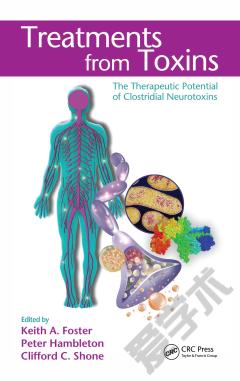
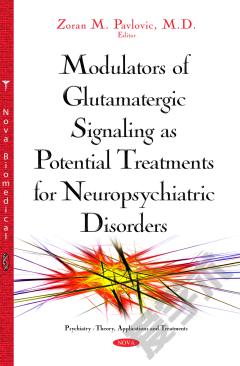
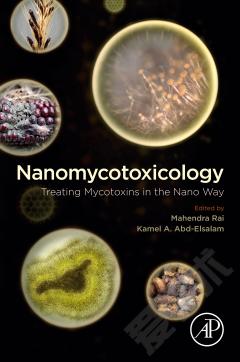
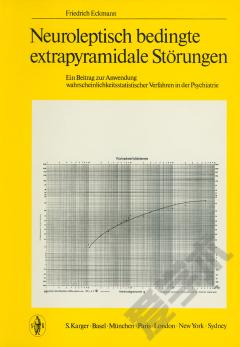
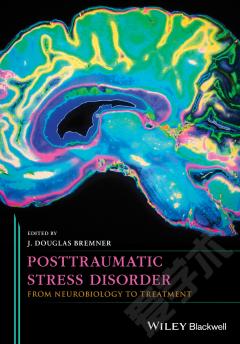



 京公网安备 11010802027623号
京公网安备 11010802027623号